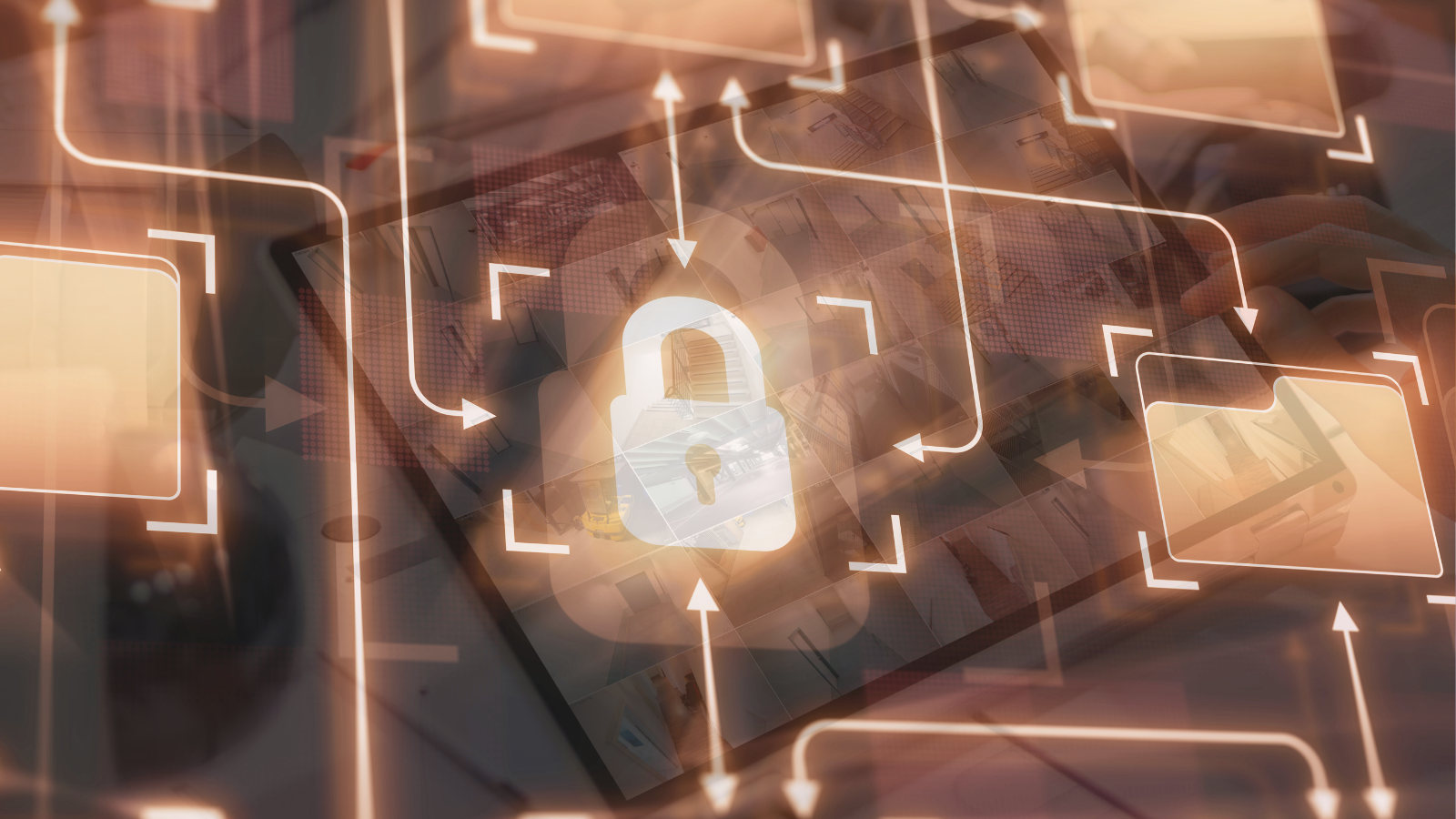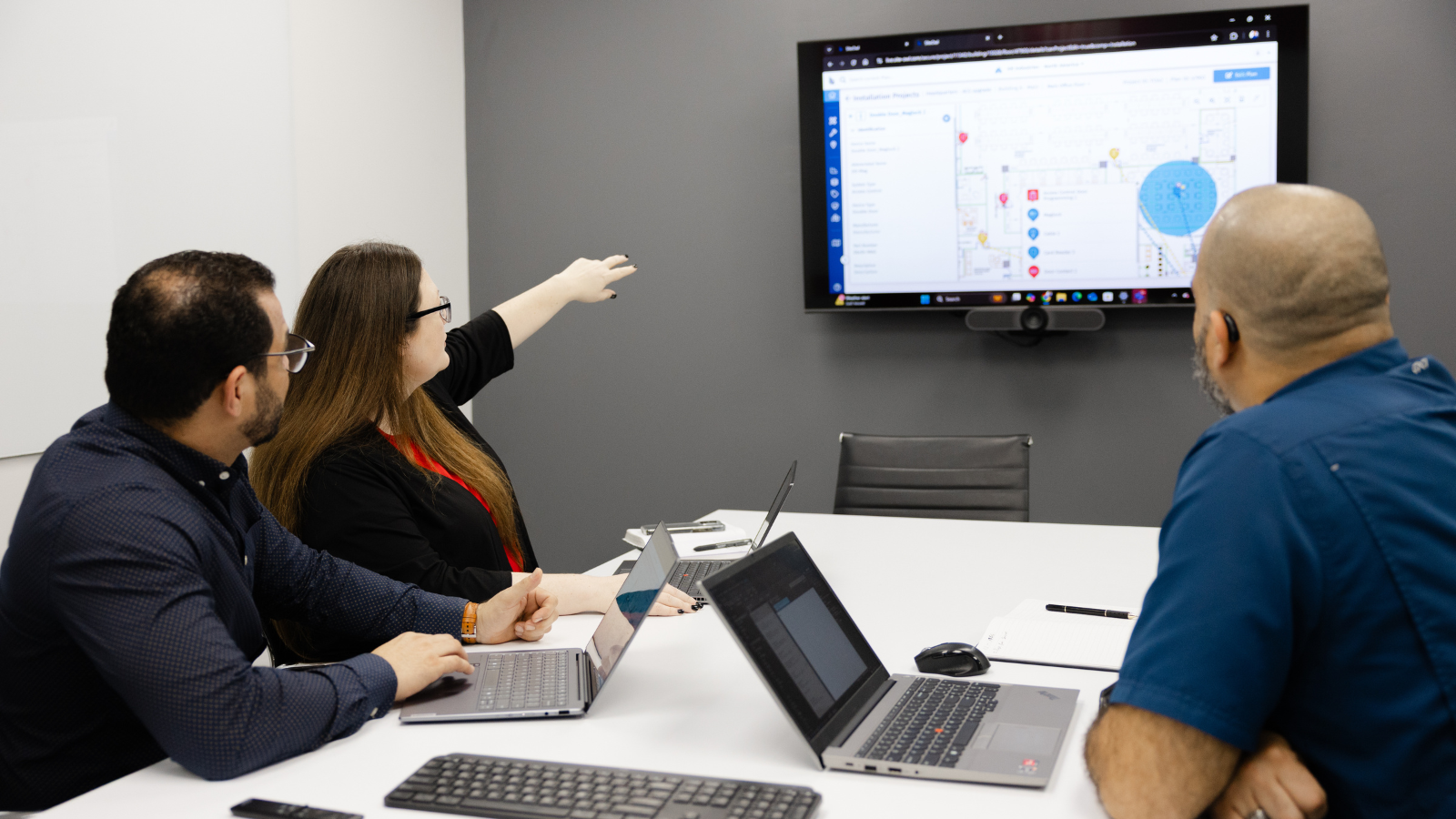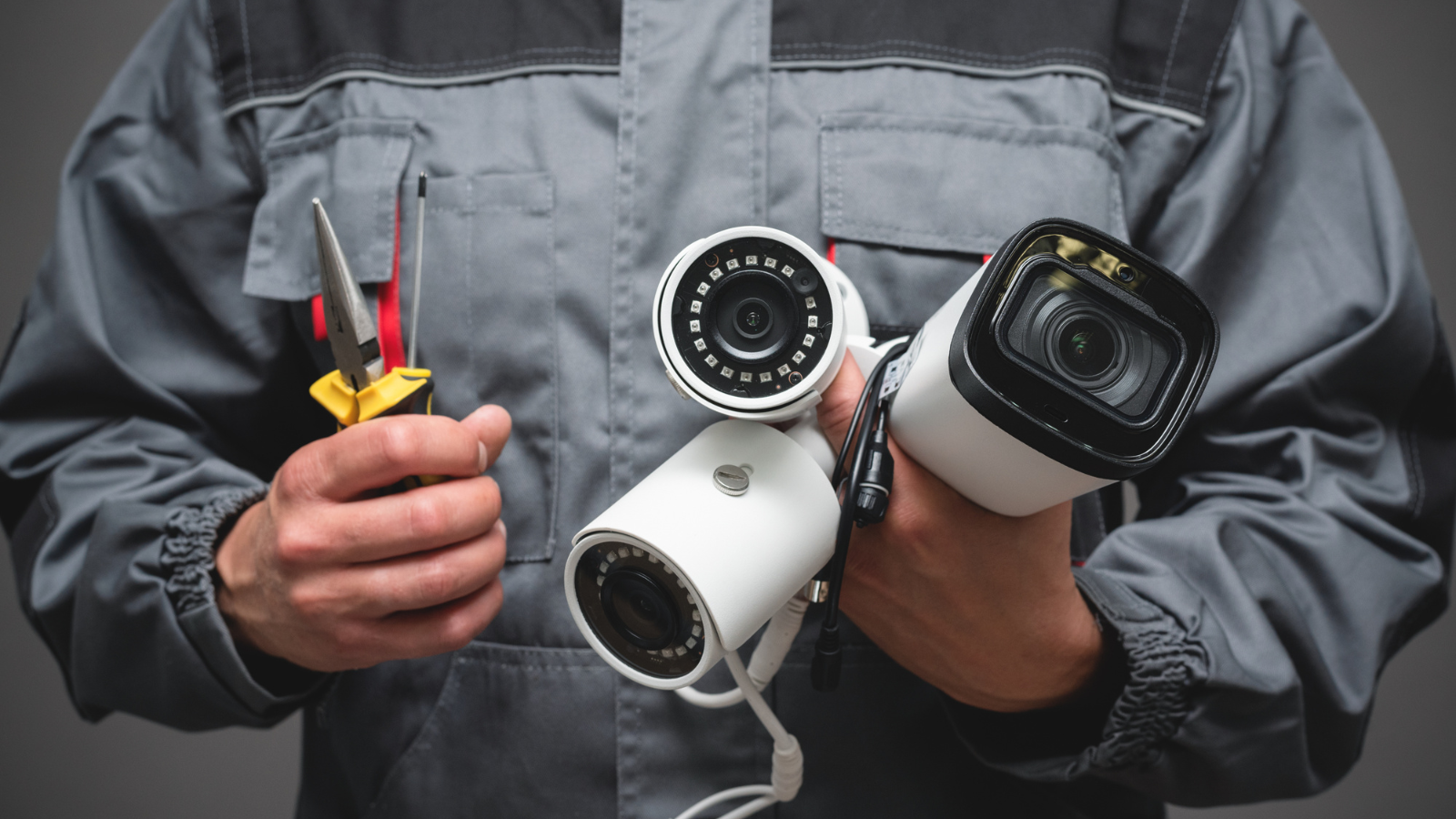Table of Contents
- Streamlining School Security Begins with a Standardized Approach
- Equipment and Cabling
- Software and Services
- Integrators, Contractors, and Third Parties
- Processes and Procedures
- Raise the Standard in School Security
- Next Steps
School security systems, like any large network, can be difficult to maintain.
Between the hundreds (or thousands) of security cameras, access control systems, metal detectors, and other security measures implemented across your school district, it can be hard to stay on top of system changes and new implementations.
The good news is that by taking a standardized approach to your school security system, you can significantly reduce the manual tasks required to manage your physical security assets and ensure that your school’s security system operates as it should.
This article covers some key benefits of standardizing your school security system and provides actionable steps to help you get started.
Streamlining School Security Begins with a Standardized Approach
School security is a complex endeavor that involves a lot of moving parts. While every school security solution is different, system managers can implement standardization policies to streamline their security systems.
Challenges to standardizing your school security system include:
- Different school sizes and layouts: Standardizing your security system requires a consistent system across your school district which is a challenge.
- Budget constraints: Standardization is an investment, and many school districts need help finding the funds to switch to a standardized system.
- Changing security threats: School security threats are always evolving, making it difficult to keep up with the latest threats.
- Managing new technologies: Adopting a standardized approach requires a team effort, and some staff may need additional training.
Despite these challenges, you can still standardize your school security system by following a proven process. Let’s look at how standardization can help your district optimize your school’s security systems.
Equipment and Cabling
One of the biggest opportunities around standardization comes from your physical hardware.
When you can’t tell your integrator partner which cable they need to repair or you need to consult a spreadsheet just to figure out which camera mount fits a specific brand of camera, school safety suffers.
Fortunately, all of this is entirely preventable.
To do this, take some time to inventory your existing security solution and determine exactly what you need to keep your system operational. Review every component within your system, from the camera brands to the types of cable you use to keep everything connected.
Once you have that information, you aim to reduce the number of part types your system relies on to maintain coverage across school grounds.
Depending on the complexity of your district, this could mean:
- Consolidating the type of cables your system needs.
- Narrowing the number of brands you work with.
- Restricting integrator solutions to a specific parts list.
Creating standards across your entire school district can drastically reduce the irritations that both school administrators and security professionals experience when trying to maintain and expand your surveillance system.
By determining which equipment you need and sticking to it over a longer period, you reduce installation frustration as well as strain on spending and inventory.
It’s an excellent time to get started, too, because many school districts are still expanding their surveillance footprint. According to a study by the National Center for Education Statistics, the percentage of public schools reporting the use of security cameras increased from 19% in 1999-2000 to 81% in 2015-16.
But this standardization process doesn’t have to take place overnight. In fact, it may take years to implement.
Because you’re operating on a limited budget, swapping your existing, functional equipment won’t make sense from a monetary perspective. Instead, you’ll need to swap things out piece by piece as your equipment ages and needs to be replaced.
Take the time to create your standardization policy now so that you’ll have an action plan to implement the next time you need to replace equipment in any educational facility across your district.
A study by Johns Hopkins University and the National Institute for Justice found that around 98.6% of schools use security technology to keep students, faculty, and staff safe.
While that isn’t surprising, it’s easy to overlook the computer and monitoring software that keeps school security systems up and running. That software is critical for every system because it frees your team to focus on other things.
If you utilize intrusion detection software that alerts you when an alarm is tripped, your security personnel can focus on other areas where more serious incidents are likely to occur.
Problems arise when your system relies on so many separate pieces of software that you begin to lose track. You might have a system that monitors the health of your camera system, another piece of software to access your video surveillance feeds, and a third program to implement a lockdown or an active shooter response.
It’s just too much.
If your security solution relies on piecemeal software, consider consolidating your software profile into a few systems that can support most of your needs.
For example, system managers can use SiteOwl to monitor system integrity, create support tickets, design security expansions, and oversee project installations from a single platform. That level of versatility means you won’t need to use multiple programs to maintain your system. You only need one.
Consolidating your data into a small number of programs keeps everything close at hand and makes it easier to train security personnel on system usage, which makes systems more efficient and easier to maintain.
Integrators, Contractors, and Third Parties
If you were out with the flu or stuck in a meeting when a security integrator showed up for a system repair, how would the school administrators at the site handle that visit?
Would they ask the right questions and sign the right paperwork? Would they miss something critical that you thought they should point out?
While illnesses and emergencies happen, they can make complicated security projects even more difficult by forcing inexperienced personnel to stand in when security managers are offsite. With public school systems, this is particularly common when a district only employs one or two system managers to cover a large area.
Standardizing the integrator project is a great way to address this issue and ensure every staff member feels comfortable resolving security issues.
If you’ve worked with a particular integrator across multiple projects, take the time to figure out how the integrator works and what they’re likely to need when interacting with your district. You may even partner with them directly to develop a standard workflow or worksheet that the integrator and the district personnel could follow.
Important details might include:
- A troubleshooting workflow based on specific problems (vandalism, malfunctioning equipment, etc.).
- Essential points of contact for questions and guidance during an integrator’s visit.
- Incident-related checklists (school violence, visitor management, etc.) that integrators can review with faculty and staff.
By creating a workflow that teams can use when you’re preoccupied with other things, you can reduce confusion, keep projects on track, and give yourself the breathing room you need to step away from the integrator process to focus on other critical security issues.
Download – Free Security Risk Self-Assessment Document
Processes and Procedures
How do your schools respond to a security incident? What reports should you gather? If you must report an incident to the police, which nearly 47% of schools have done, what do you need to submit for the police to do their job?
These may sound like basic questions, but if you start digging into your school security and emergency plans, you may find that different school districts follow different lockdown and containment procedures depending on when and where an incident occurs.
Maybe an incident in an elementary school parking lot doesn’t trigger the same response as a problem in a high school common area.
These are critical things that you should review. Where possible, try to standardize the operational response across your district so that, when an incident does occur, everyone knows exactly what should happen without needing to refer to a school-specific safety plan.
By doing this, you’ll also be able to gather the most valuable information from your security technology in record time.
It’s easy to pull footage from your surveillance cameras if you know exactly which cameras correspond to a specific security threat. If a specific panic button is pressed or a unique fire alarm is pulled, developing a response plan that tells you which camera feeds to access and which doors to lock down can rapidly increase your reaction time.
Approaching this project with clarity and predictability makes your system a known quantity in incident planning. By providing an actionable plan and setting appropriate expectations, your security partners (SROs, physical security, etc.) can plan their response based on how your system will react.
Raise the Standard in School Security
Your security system is critical in creating a safe environment at every educational institution within your district. Creating a secure learning environment in school buildings is crucial to ensure the safety of students and staff during school hours. Implementing standardized security measures, including real-time monitoring systems and access control, can help prevent incidents such as school shootings.
By standardizing school security — from the equipment you use to the policies and procedures in place — you can create even safer schools in your community.
Next Steps
By employing various types of security measures, such as surveillance cameras, metal detectors, and secure access points, schools can proactively mitigate risks and create a secure atmosphere conducive to learning.
Security officers, supported by reliable security companies, play a vital role in maintaining a safe environment, but without a standardized system in place, they can be overwhelmed and unable to provide the level of protection needed.
Get in touch to learn how we can help

Su Subburaj
Su is SiteOwl's CMO and leads all marketing and communications. Su has extensive strategy and management consulting experience and previously consulted for 3Sixty Integrated where she gained an in-depth understanding of digital transformation challenges in the physical security industry. When not working on strategies to expand SiteOwl's footprint, Su enjoys bad karaoke, weightlifting and traveling.








